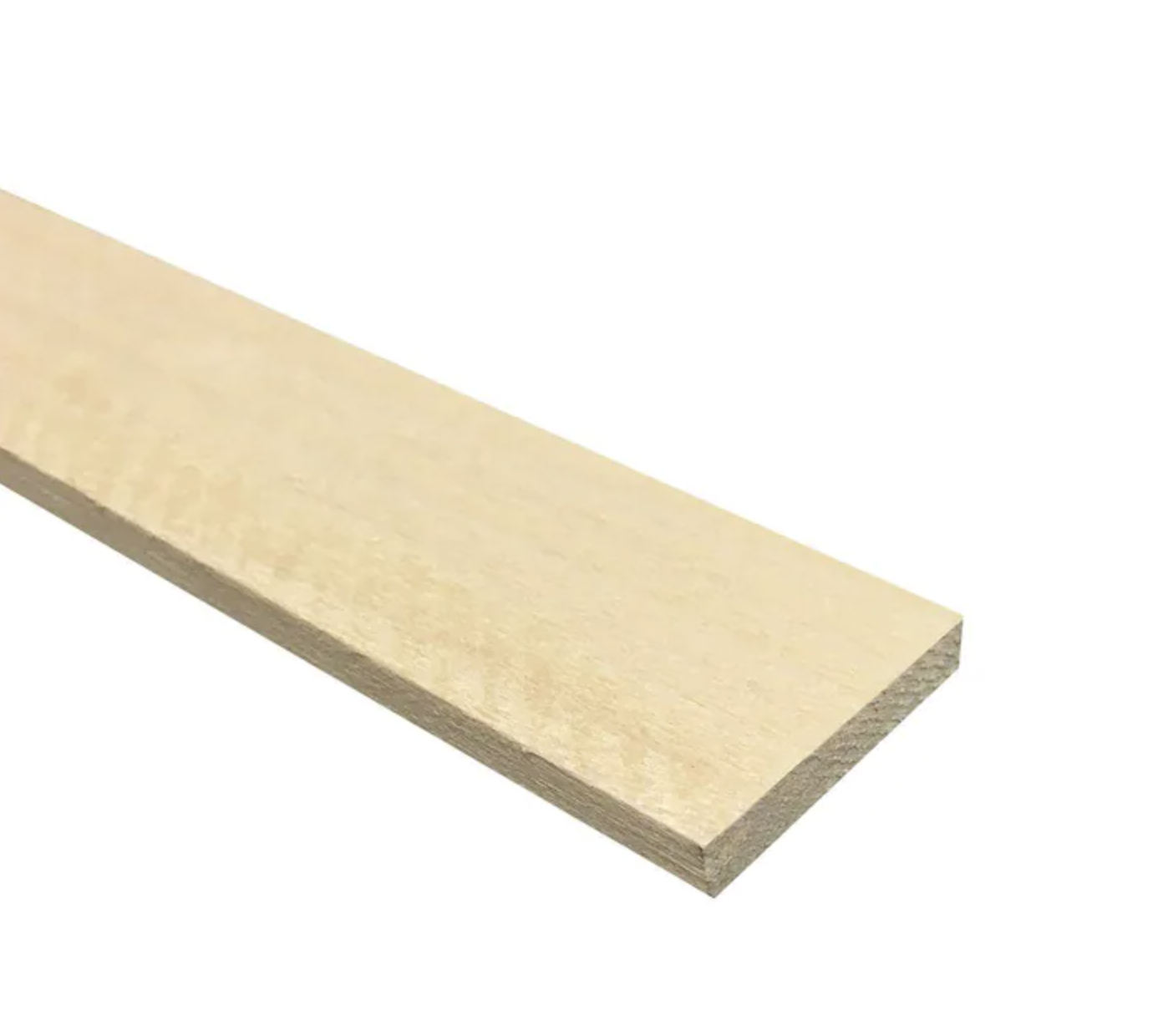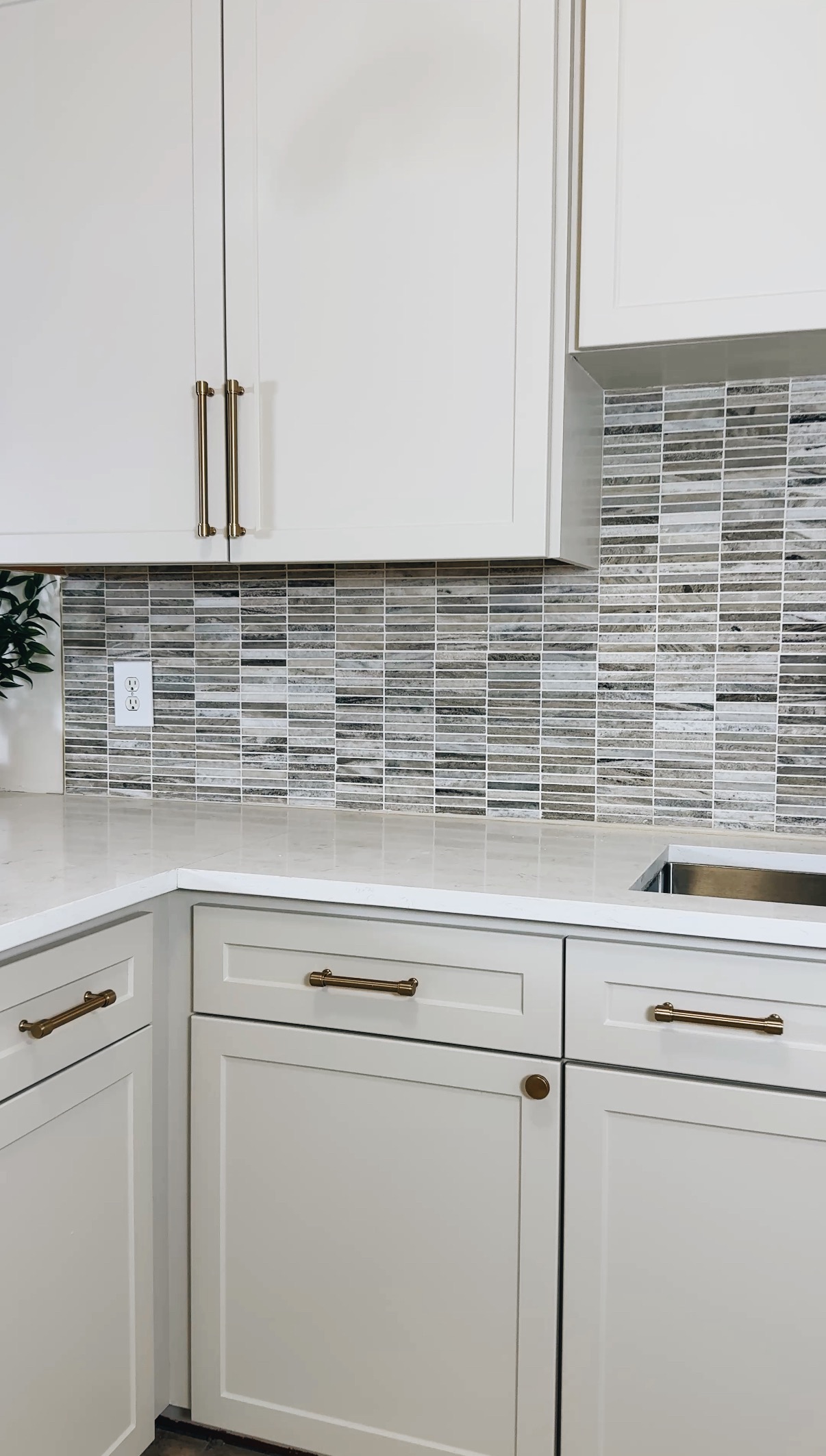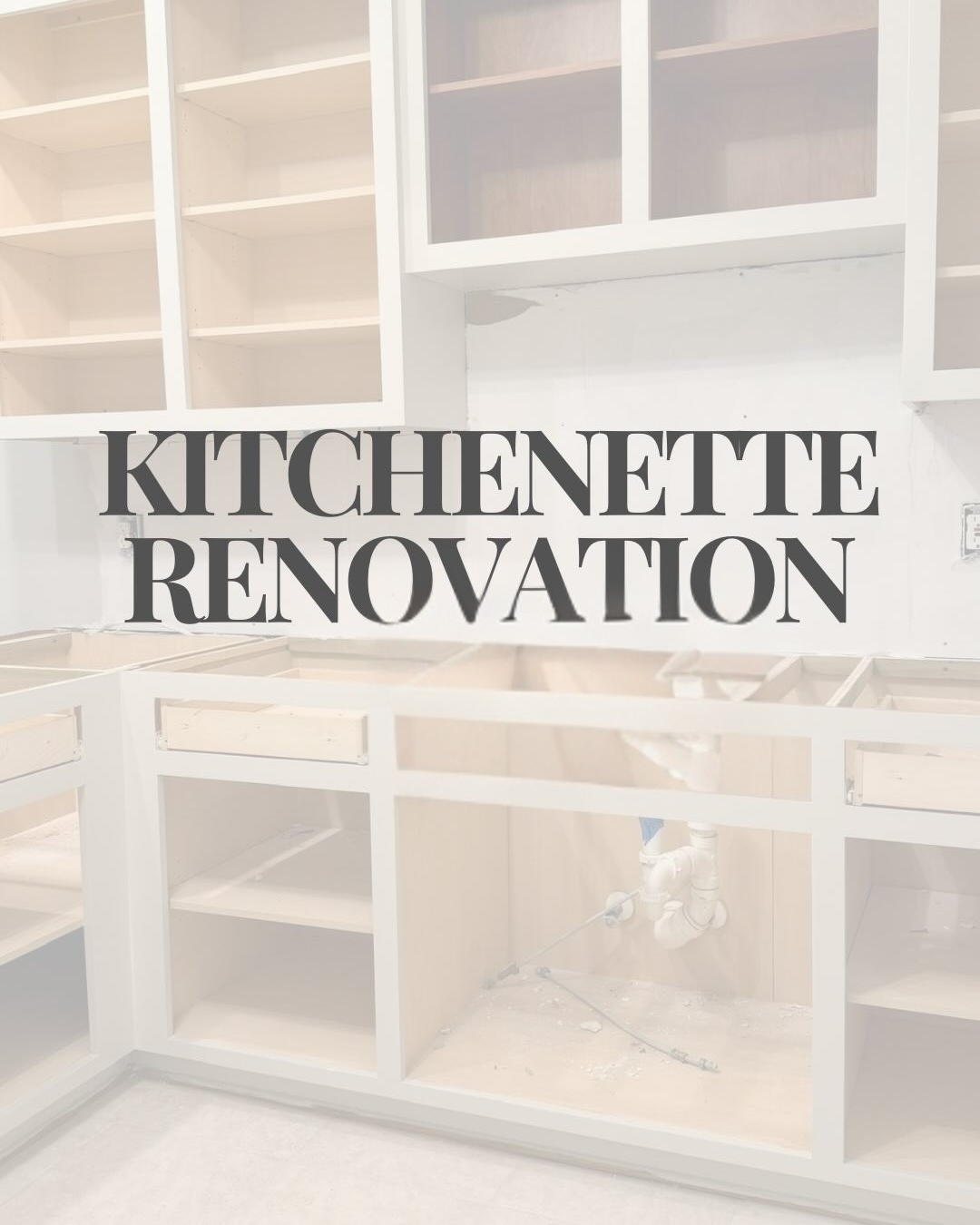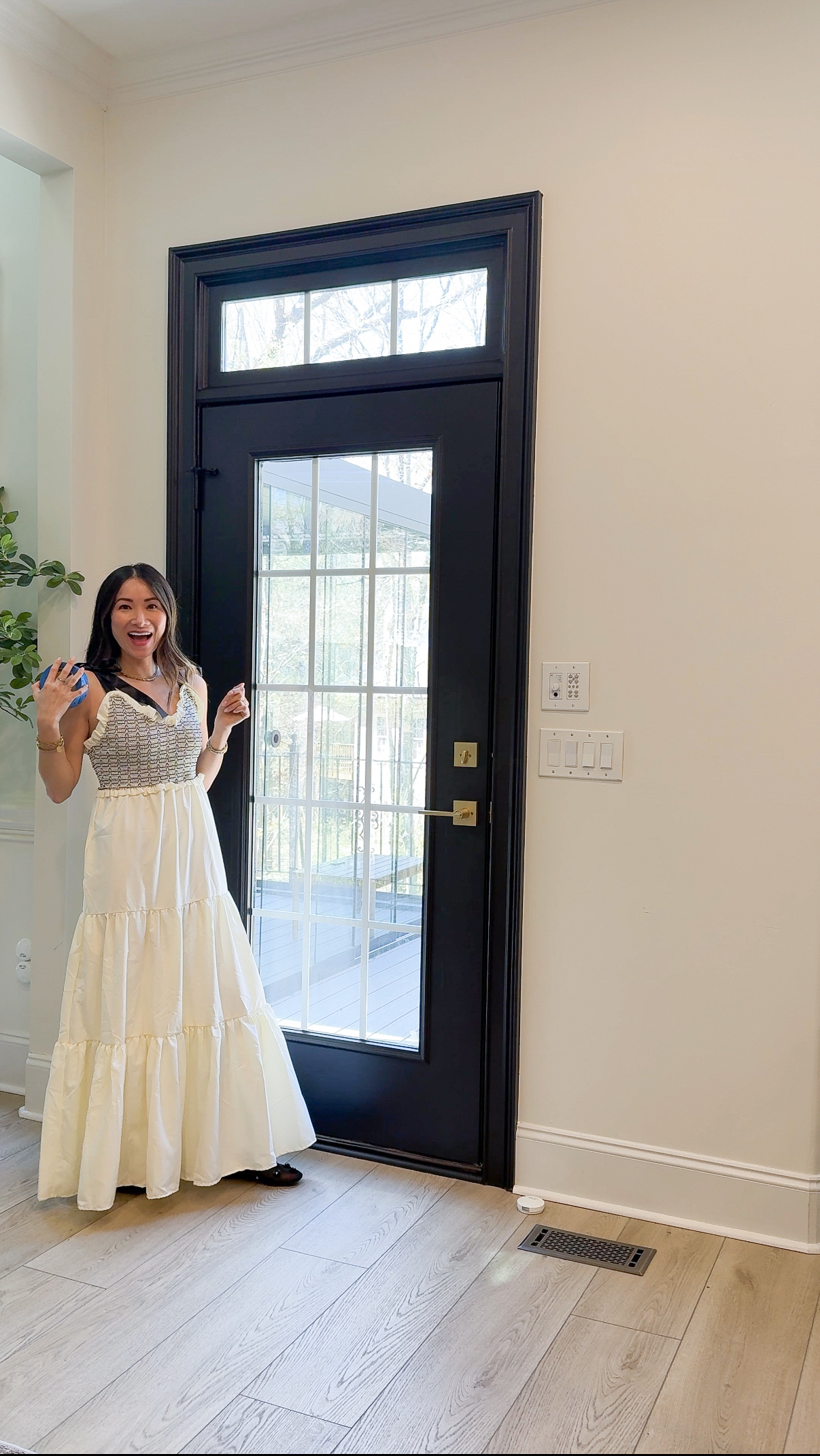Hi
I'm Bong
I'm just a girl who likes to DIY anything and everything. More than that, I love teaching people - especially women - how to pick up power tools and create the home of their dreams. Stop waiting for someone else and starting Doing It Yourself. I'll show you how!
diy projects
diy school
life hacks
categories
must have products
Hey DIYers! Let’s talk about wood! I know you have all been to the lumber aisle at your local hardware store and have seen the rows and rows of wood. It can be pretty overwhelming, but it does not have to be! Today I’ll explain different kinds of wood and which wood to use for your projects.

First, we will start with the common boards. This wood is going to be the cheapest option because it has a lot of imperfections. However, imperfections are okay when it comes to DIY. I recommend using common boards for parts of your project that are not visible or if you want a rustic look. I rarely use common boards because I love the sleeker home DIY look. However, I will use common boards if hidden, for instance, behind a cabinet or at the bottom of a drawer.

The next section of lumber you will come across is select boards. I use this wood for most of my products because it is of higher quality. These boards will have no knots or imperfections and will be very smooth. Typically I use the pine option for my select boards. I like the Pine because it has a yellow undertone but is incredibly soft. Since it is a softer wood, you must be careful when working with it for your DIY projects. For example, I used select boards in the Pine for the upper portion of my built-in console. That way, my kids would not touch it.
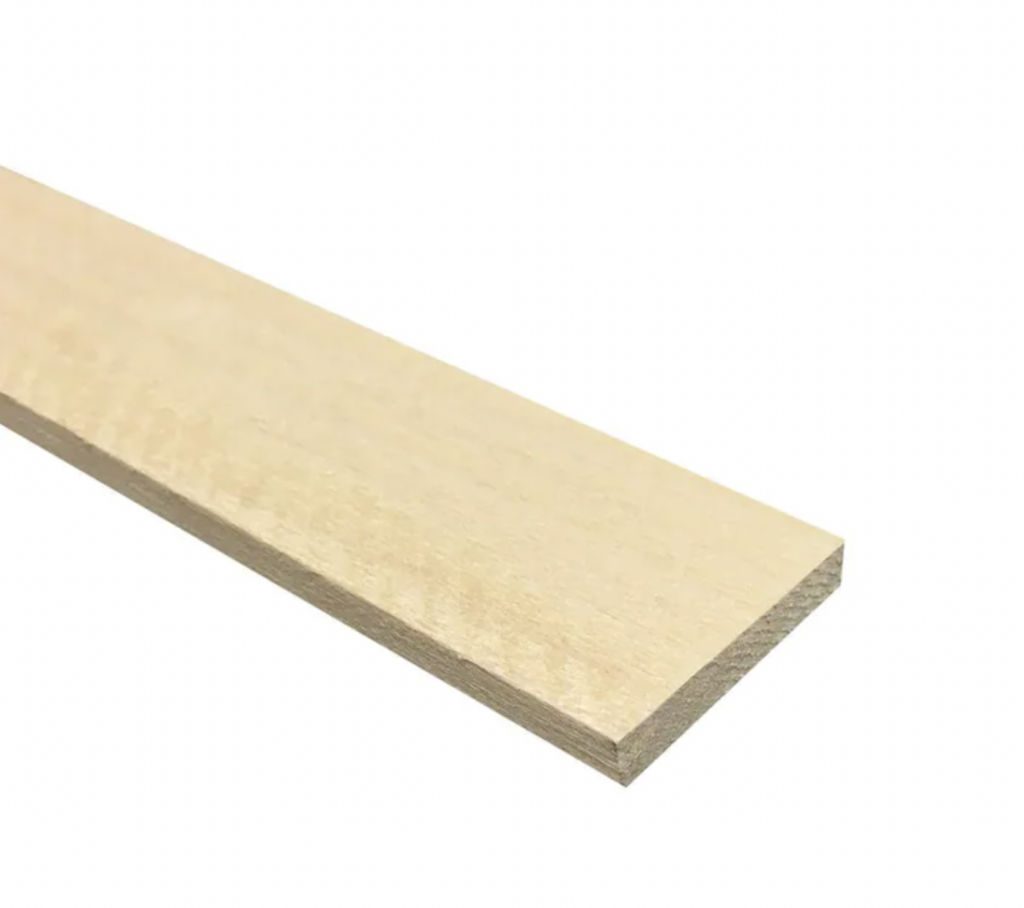
Now we are moving to the hardwood boards section. I usually use Poplar hardwood boards. This wood has a green hue and is the most affordable option when purchasing hardwood. Hardwood will also not be as soft as the select woods, so I used it to trim the bottom of my built-in console. I knew the base would run into the most foot traffic, so I wanted to avoid dings or dents by choosing a more complicated wood. Hardwood boards have many options, like cherry (red hues), walnut (darker wood), hickory, and oak.
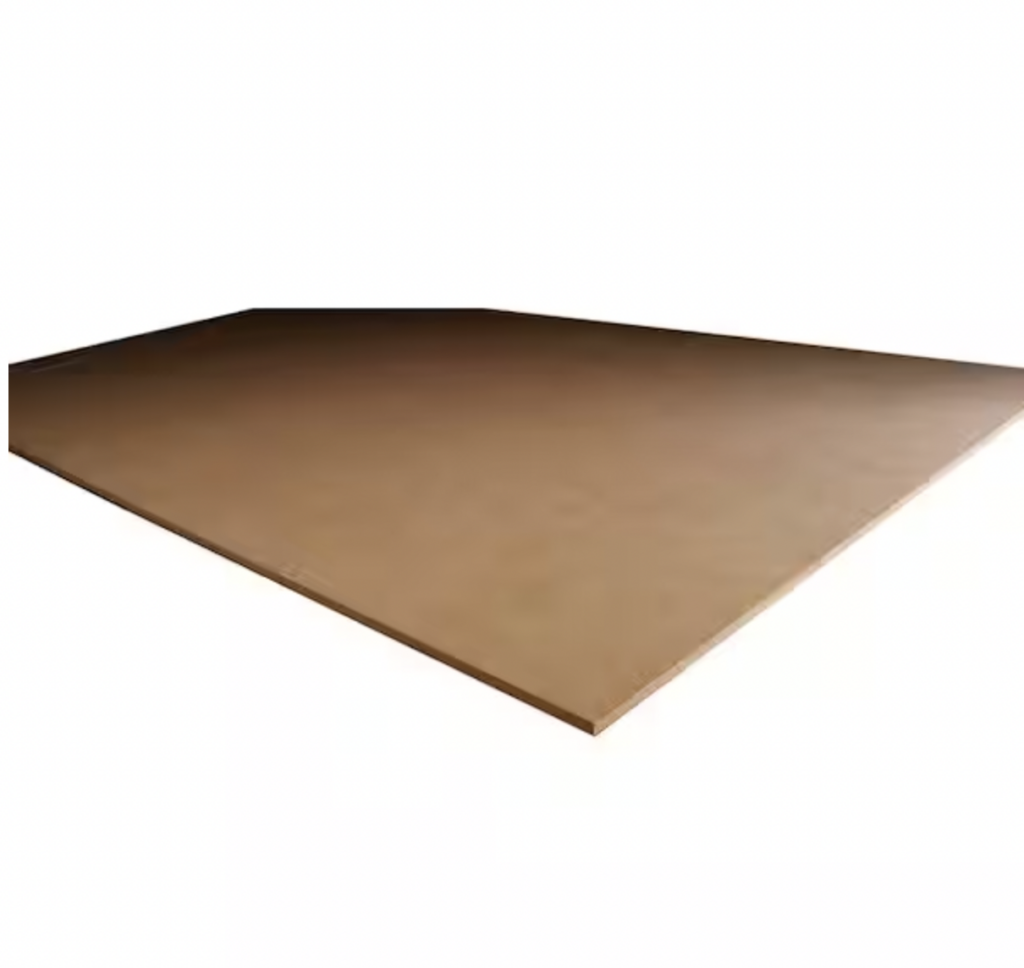
Lastly, I want to talk about MDF boards. Use these boards in projects such as board and batten or where you will paint the wood. These woods cannot withstand moisture, so these boards work great for indoor home improvement projects that will not encounter moisture. In addition, MDF is typically more affordable than wood, especially with lumber prices today. Finally, the MDF boards often come primed, which is why this is an excellent option for painting your project.
Next time you go to the lumber section at your local hardware store, you are not as overwhelmed, and this blog was helpful!
